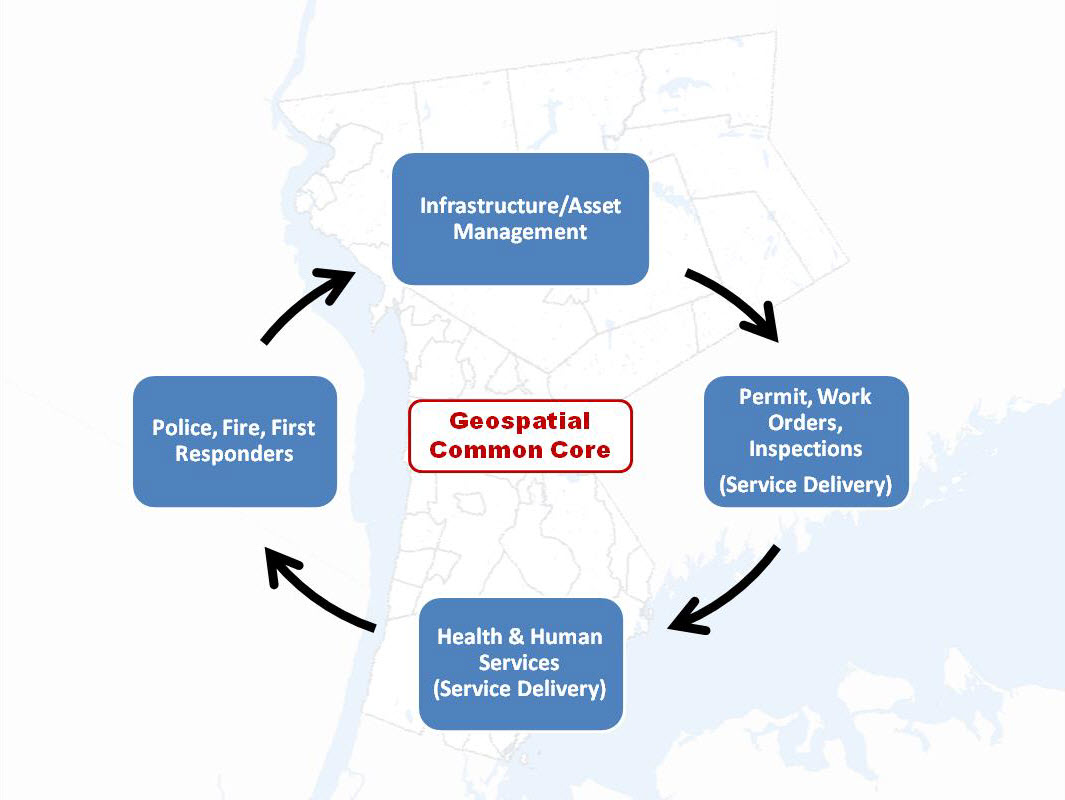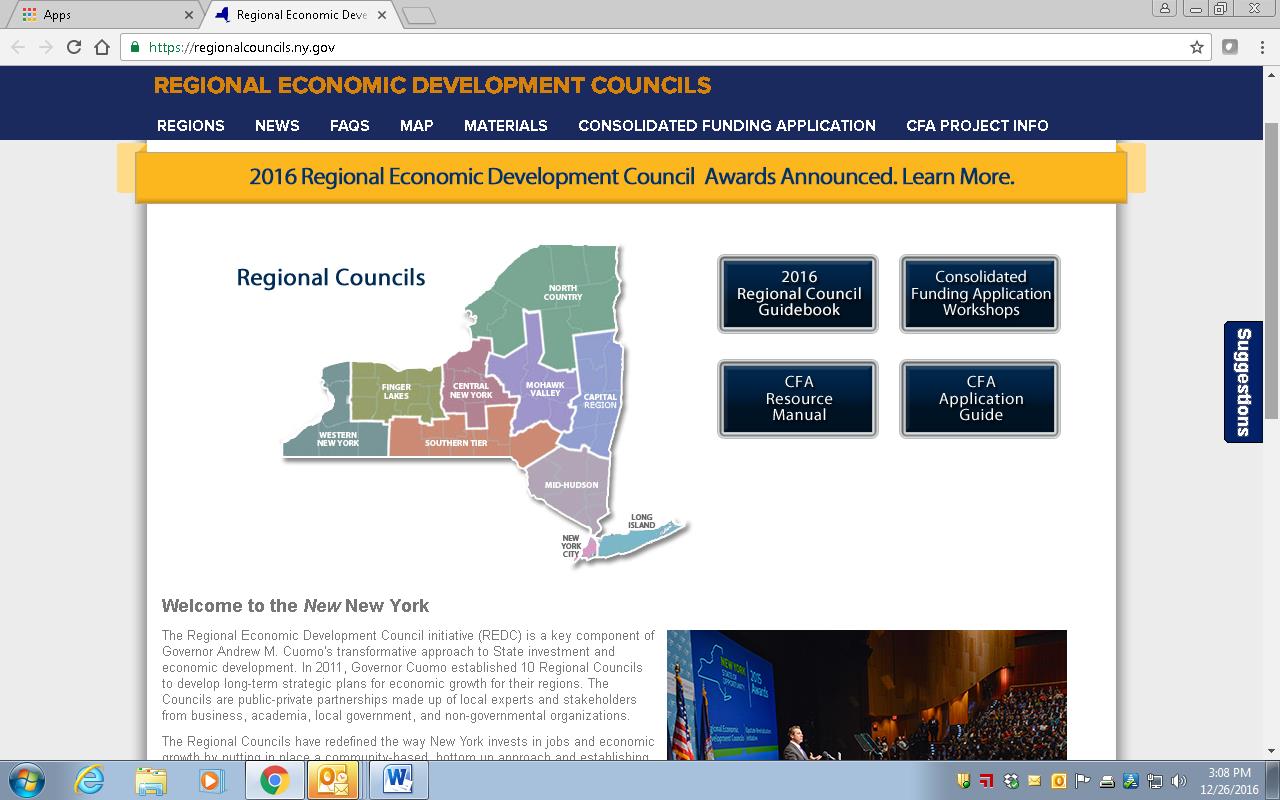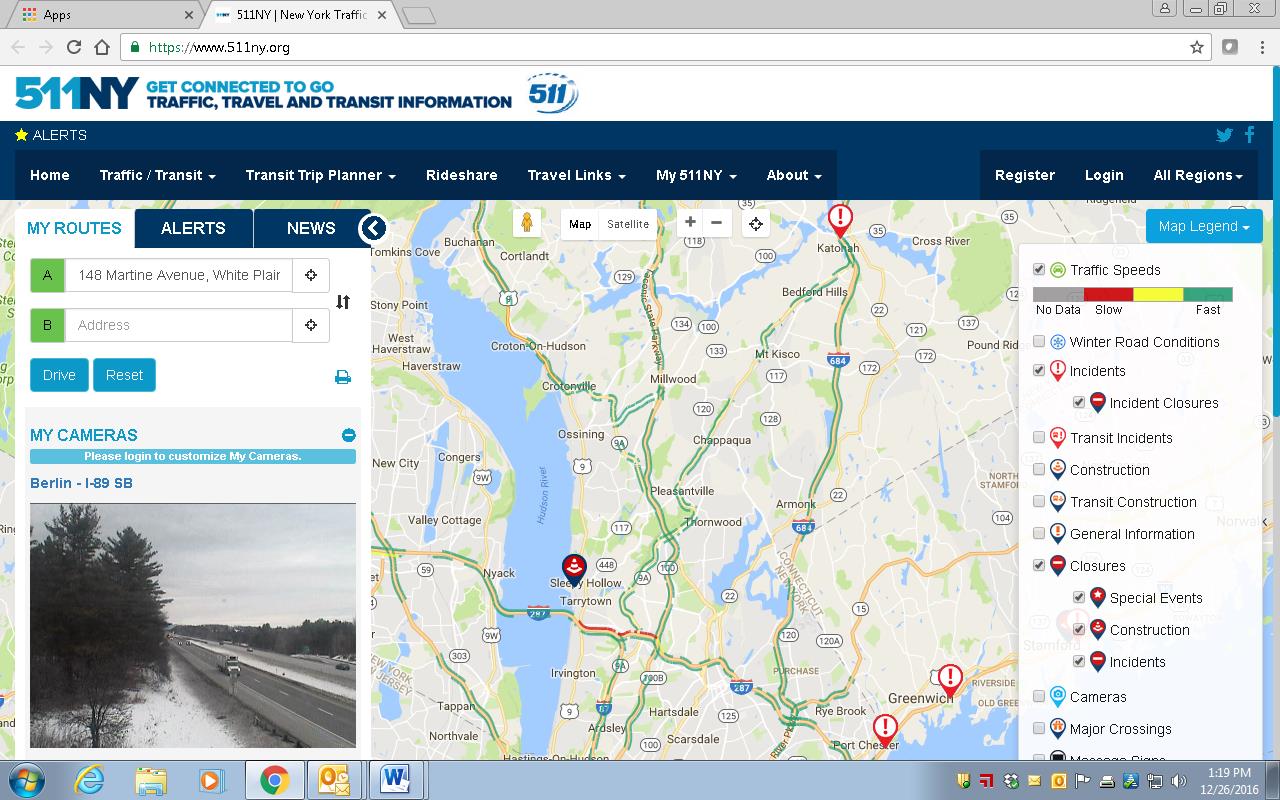Several of my posts over past 18 months have focused on a core set of applications which I have seen evolve over the past three decades that serve as the cornerstones for many New York State local and county government geospatial programs. Increasingly and central to many of these geospatial program areas is the “mobile” component albeit much of the attention to date has been on “field/handheld” hardware and software components for both spatial data collection and updates.
Increasingly it is becoming recognized another mobile collection technology can add value to an organization’s work force and business systems productivity. Originally referred to as Automated Vehicle Locator (AVL) systems, this technology got its start decades ago focusing on the capture (mapping) of a vehicle’s location and display in a GIS or similar digital mapping system. These early systems were expensive and not widely used outside of business and industry.
Over the last five or more years, fleet managers have increasingly adopted “AVL” technology to assist in the management of fleet assets especially with availability of lower cost hardware components which connect to vehicle On Board Diagnostic (OBD) ports. This capability supports fleet managers with a wide range of metrics providing odometer/mileage readings, engine idling, vehicle usage and a variety of other vehicle related information. Now recognized as “GPS Telematics”, this technology has become more affordable and accessible to a larger range of government agencies and organizations. This modern use of the technology centers around the use of M2M (machine to machine) and telematics technologies.
Benefits of GPS Telematics
To date, much of the work focusing on capturing and analyzing data associated with field resources has been done the “old way”, i.e., capturing and recording the data by human fingers. Historically, this method is fraught with inconsistencies. Machine-to-machine (M2M) data capture on average is far more accurate and consistent.
Fleet telematics monitor the location, movement, status and behavior of a vehicle and associated field resources. This is achieved through a combination of the GPS telematics device which is installed in each vehicle transmitting location based data via wireless networks to web servers for near real time availability. Users access location, movement and status information and metrics of vehicles via special web-based software applications or through existing in-house “vehicle tracking enabled” business applications. In essence, GPS telematics systems become platforms to collection and transport valuable mobile resource field information and activities. In addition to locational data, fleet telematics solutions provide the status of each vehicle and by extension the corresponding crew an inference of ongoing work accomplishments and assignments to field resources. Managers know how each vehicle is being used as well as mileage, idling status, location and speed. Such systems can be extended to be connected to onboard systems and sensors which log activities such as street sweeping, plowing, spreading, and spraying – workflows which are particularly challenging to capture and document by hand during the normal course of business. While Return-on-Investments (ROI) can and will vary greatly, calculating the benefits of investing in fleet telematics technology can now be based on factual metrics such as improved routing and dispatching, reducing labor costs, improved fuel and vehicle usage, and newer more cost-effective system architecture (Cloud). Continue reading






